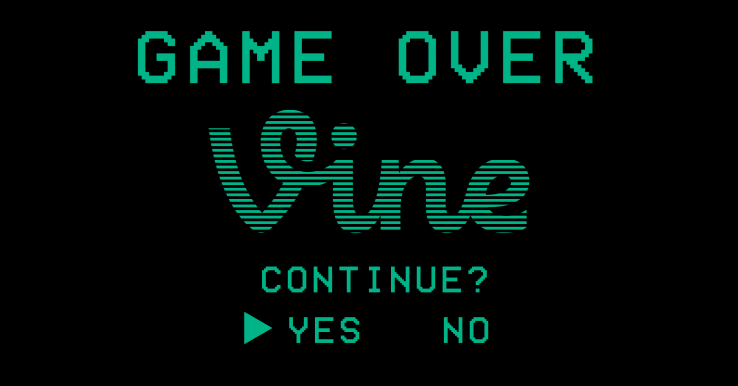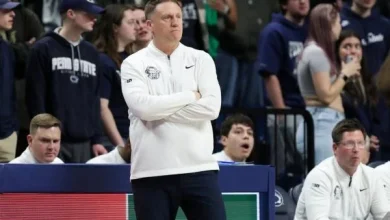Jack Dorsey funds diVine, a Vine reboot that includes Vine’s video archive

As generative AI content starts to fill our social apps, a project to bring back Vine’s six-second looping videos is launching with Twitter co-founder Jack Dorsey’s backing. On Thursday, a new app called diVine will give access to more than 100,000 archived Vine videos, restored from an older backup that was created before Vine’s shutdown.
The app won’t just exist as a walk down memory lane; it will also allow users to create profiles and upload their own new Vine videos. However, unlike on traditional social media, where AI content is often haphazardly labeled, diVine will flag suspected generative AI content and prevent it from being posted.
Image Credits:diVine
DiVine’s creation was financed by Jack Dorsey’s nonprofit “and Other Stuff,” formed in May 2025. The new effort is focused on funding experimental open source projects and other tools that have the potential to transform the social media landscape.
To build diVine, Evan Henshaw-Plath, an early Twitter employee and member of “and Other Stuff,” explored the Vine archive. After Twitter announced it was shutting down the short video app in 2016, its videos were backed up by a group called the Archive Team. This community archiving project is not affiliated with Archive.org but is rather a collective that works together to save internet websites that are in danger of being lost.
Unfortunately, the group had saved Vine’s content as large, 40-50 GB binary files, which wouldn’t be accessible to someone who just wanted to watch some old Vine videos. The fact the archive existed prompted Henshaw-Plath (who goes by the name Rabble) to see if it was possible to extract the old Vine content to serve as the basis for a new Vine-like mobile app.
Image Credits:diVine
“So basically, I’m like, can we do something that’s kind of nostalgic?” he told TechCrunch. “Can we do something that takes us back, that lets us see those old things, but also lets us see an era of social media where you could either have control of your algorithms, or you could choose who you follow, and it’s just your feed, and where you know that it’s a real person that recorded the video?”
Rabble spent a couple of months writing big data scripts and figuring out how the files worked, then reconstructed them along with the information on the old Vine users and the user engagement with the videos, like their views and even a subset of the original comments.
Techcrunch event
San Francisco
|
October 13-15, 2026
“I wasn’t able to get all of them out, but I was able to get a lot out and basically reconstruct these Vines and these Vine users, and give each person a new user [profile] on this open network,” he said.
Rabble estimates the app contains a “good percentage” of the most popular Vine videos, but not a large number of the long tail. For instance, he says there were millions of K-pop-focused videos that were never even archived.
Image Credits:diVine
“We have about 150,000 to 200,000 of the videos from about 60,000 of the creators,” he noted, adding that, originally, Vine had a couple million users and a few million creators by comparison.
Vine creators, who still own the copyright to their work, can send diVine a DMCA takedown request if they want their Vines removed, or they can verify they’re the account holder by demonstrating they’re still in possession of the social media accounts that were originally listed in their Vine bio. (This process isn’t automated, though, so there could be a delay if a large number of creators try to do this at once.)
Once they have their account back, they can also choose to post new videos or upload their old content that the restoration process missed.
To verify that new video uploads are human-made, Rabble is using technology from the human rights nonprofit the Guardian Project, which helps to verify that content was actually recorded on a smartphone, along with other checks.
Image Credits:diVine
Plus, because it’s built on Nostr, a decentralized protocol favored by Dorsey, and is open source, developers can set up and create their own apps and run their own hosts, relays, and media servers.
“Nostr — the underlying open source protocol being used by diVine — is empowering developers to create a new generation of apps without the need for VC-backing, toxic business models or huge teams of engineers,” Jack Dorsey said in a provided statement. “The reason I funded the non-profit, and Other Stuff, is to allow creative engineers like Rabble to show what’s possible in this new world, by using permissionless protocols which can’t be shut down based on the whim of a corporate owner.”
Twitter/X’s current owner, Elon Musk, has also promised to bring back Vine, having announced in August that the company discovered the old video archive. But so far, nothing has been publicly launched. The Dorsey-backed diVine project, meanwhile, believes that because the content is coming from an online archive and creators still own their copyrights, it’s fair use.
Image Credits:diVine
Rabble also believes there’s consumer demand for this type of non-AI, social experience, despite the popularity of generative AI content and widespread adoption of apps like OpenAI’s Sora and Meta AI.
“Companies see the AI engagement and they think that people want it,” explained Rabble. “They’re confusing, like — yes, people engage with it; yes, we’re using these things — but we also want agency over our lives and over our social experiences. So I think there’s a nostalgia for the early Web 2.0 era, for the blogging era, for the era that gave us podcasting, the era that you were building communities, instead of just gaming the algorithm,” he said.
DiVine is available on both iOS and Android at diVine.video.




